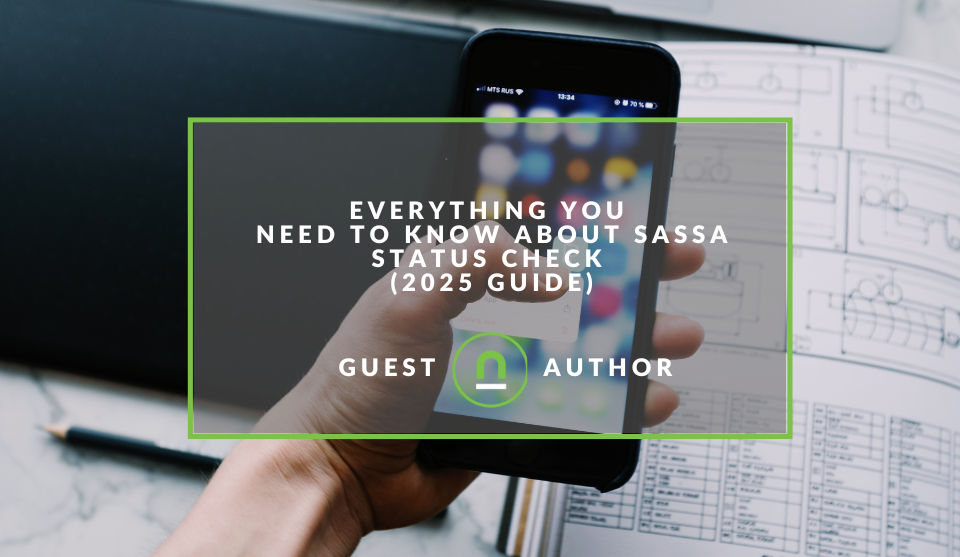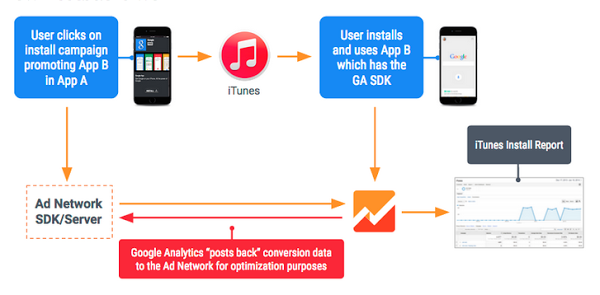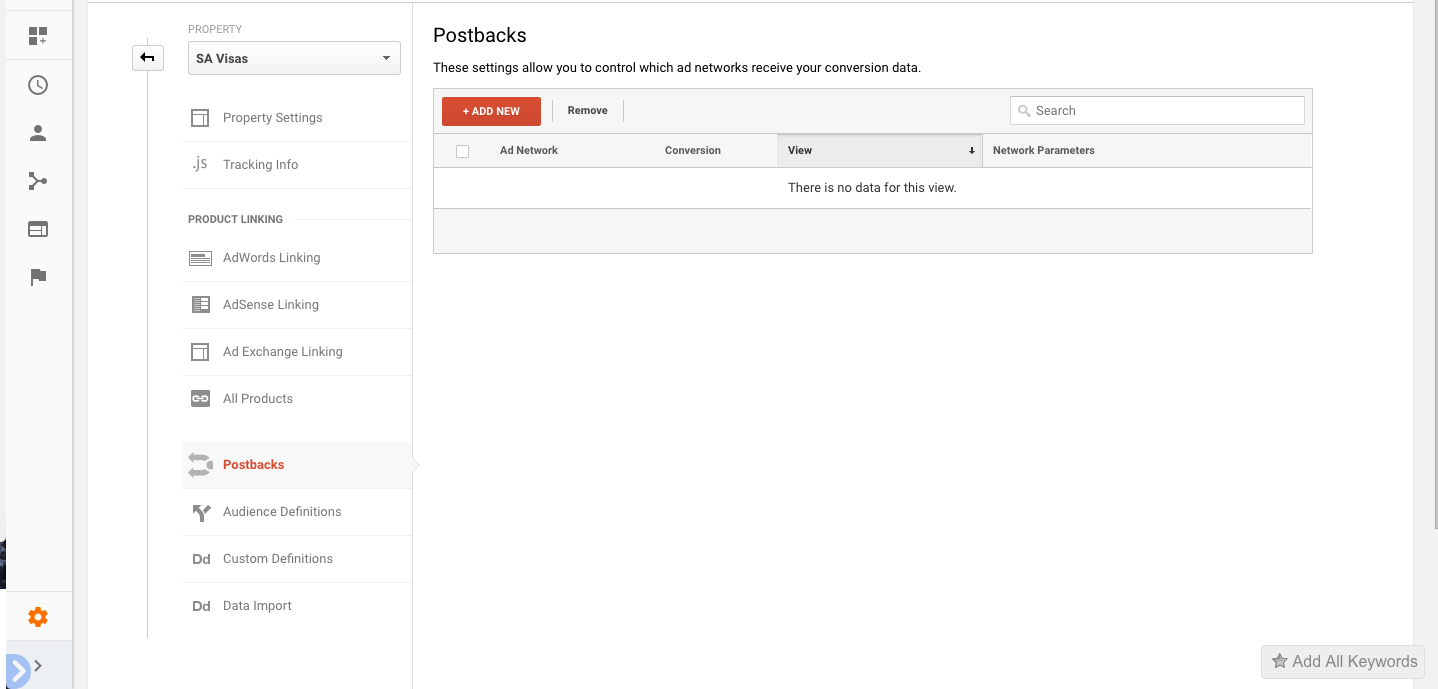Recent posts

Geek Chic
How to Replace A Broken Lenovo Laptop Screen
24 April 2025

Money Talks
Everything You Need to Know About SASSA Status Check
13 April 2025

Mind, Body & Soul
The Genetic Diversity of Cannabis Seeds
12 April 2025

Money Talks
How Small Businesses Can Leverage Blockchain Technology
02 April 2025
Popular posts
Extravaganza
Trending Music Hashtags To Get Your Posts Noticed
24 August 2018
Geek Chic
How To Fix iPhone/iPad Only Charging In Certain Positions
05 July 2020
Extravaganza
Trending Wedding Hashtags To Get Your Posts Noticed
18 September 2018
Money Talks
How To Find Coupons & Vouchers Online In South Africa
28 March 2019
How To Track Your App Marketing Campaigns In GA
13 April 2017 | 0 comments | Posted by Che Kohler in nichemarket Advice
If you don't have much of an app add budget check out the following article 6 Ways To Drive App Installs With No Budget
What are postbacks?
Benefits of Postbacks
- Helps ad networks optimize their ad campaigns
- Results in better quality ads
- Delivers more effective CPAs for app developers
- Allows developers to optimise their ad spend
How Postbacks work
- User clicks on an install ad campaign promoting app B in app A.
- Redirect: ad network populates IDFA and sends the client to Analytics. If the user is on Android, Analytics uses the referrer to grab attribution information.
- Analytics strips the IDFA and other parameters and redirects the user to the App Store.
- A user installs and uses app B which uses the Analytics SDK.
- Developer sees the App Store install in Analytics.
- Analytics sends a postback to the attributed network with the information it needs.

Networks available for postback support
- Aarki
- AdColony
- InMobi
- Jampp
- LeadBolt
- MdotM
- Millennial Media
- Millennial Media DSP
- TapJoy
Conversion types
- App installs
- App launch
- Transaction in app
How to set up Postbacks in Analytics
Note: Before enabling Postbacks, confirm that iOS install tracking or Android campaign tracking are configured for your app(s). Refer to the related resources at the bottom of this article to help you get started.

- Sign in to Google Analytics.
- Click Admin, and navigate to the Account and Property you want to edit.
- In the PROPERTY column, click Postbacks.
- Click + ADD NEW.
- Select an Ad Network from the drop-down menu.
- Click Next step.
- Select a view that you want the conversions associated with.
- Select a conversion type you want to send to the ad network.
- Click Next step.
- Add Network Parameters:
- Many networks require that you input data that helps identify your app in their systems. This is often equivalent to an app or account ID.
- Depending on the network, Analytics will ask you for the appropriate parameter for that network. Retrieve this ID by working
- with the networks directly.
- If no parameter is required, you do not need to fill anything in.
- Click Done.
 Track your app spend across Android and iOS
Track your app spend across Android and iOSAccurate app spending
Contact us
Tags: App Marketing, Blog, Data Analysis, google analytics, How to, Tools
You might also like
The Genetic Diversity of Cannabis Seeds
12 April 2025
Posted by Alina Jones in Mind, Body & Soul
A look into the South African heritage of cannabis growing and how the country has taken the plant in terms of growing it into a viable industry & th...
Read moreThe Role of Customer Service in Selecting a Forex Broker
29 March 2025
Posted by Cornelia Ekong in Money Talks
Discover why excellent customer service is crucial when choosing a Forex broker, and learn how to evaluate support quality before committing your cap...
Read more{{comment.sUserName}}
{{comment.iDayLastEdit}} day ago
{{comment.iDayLastEdit}} days ago
 {{blogcategory.sCategoryName}}
{{blogcategory.sCategoryName}}

